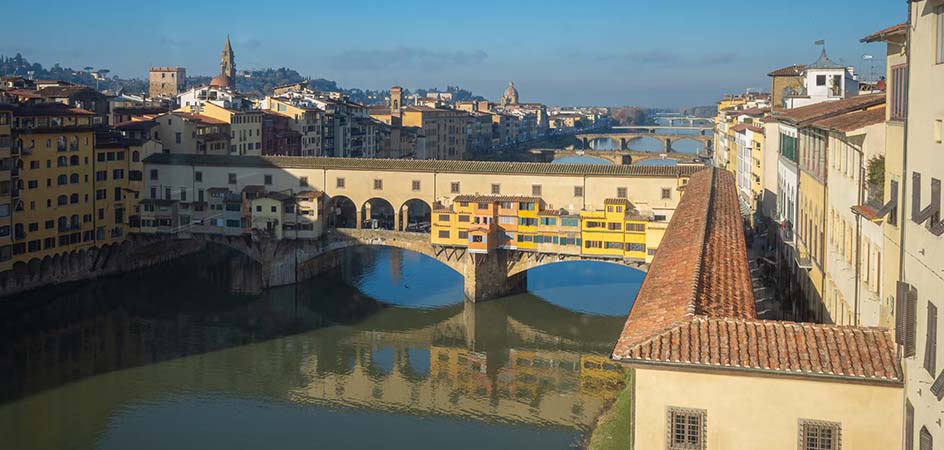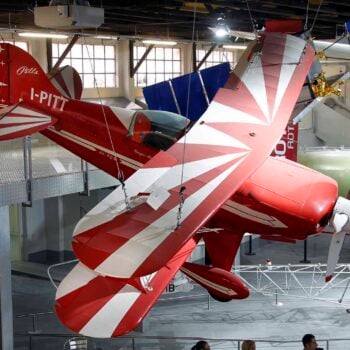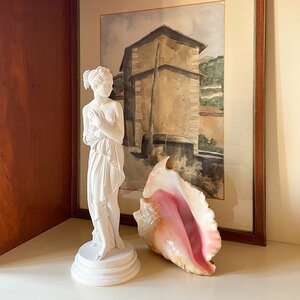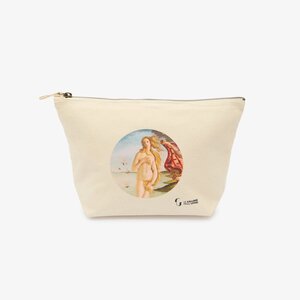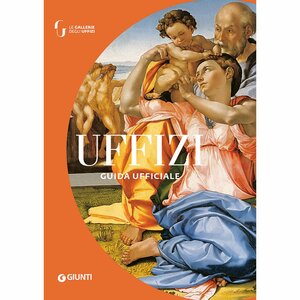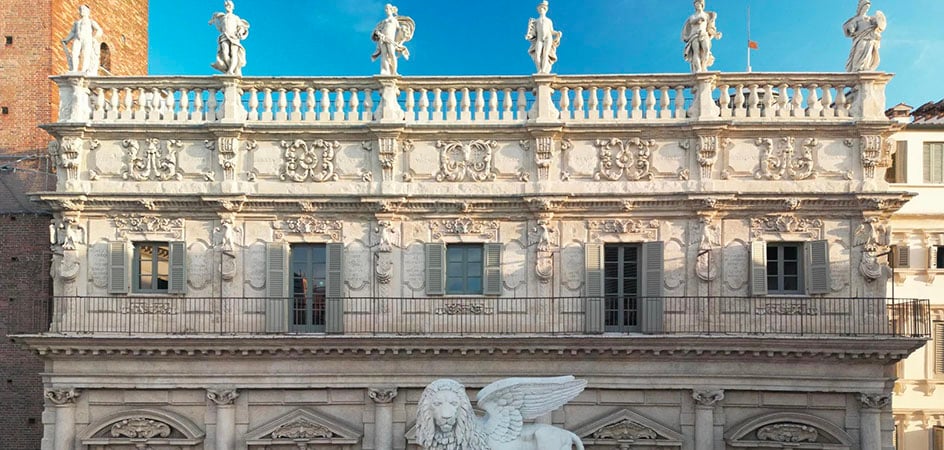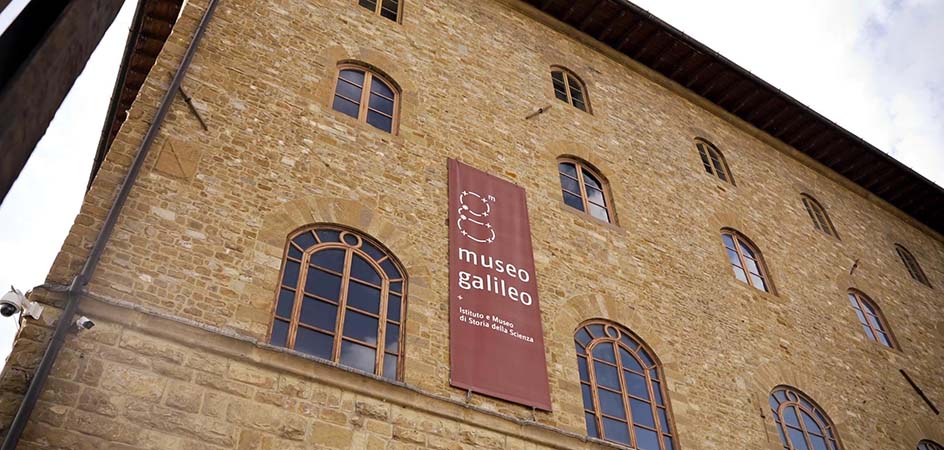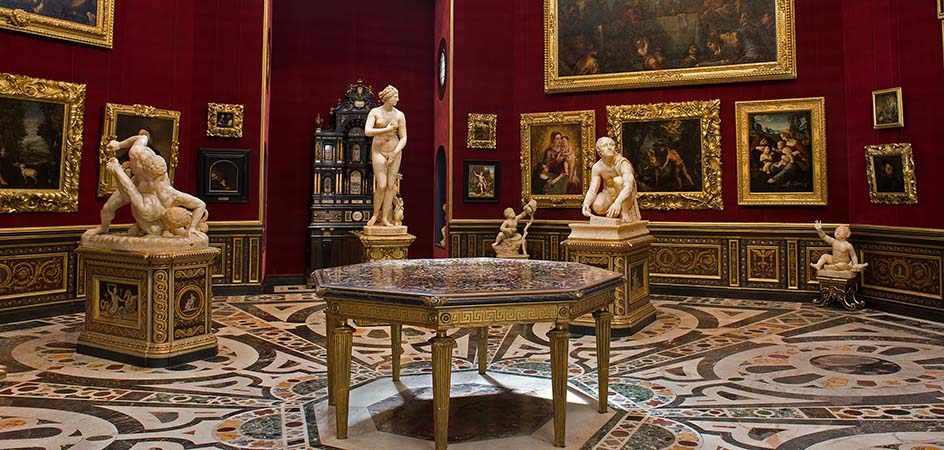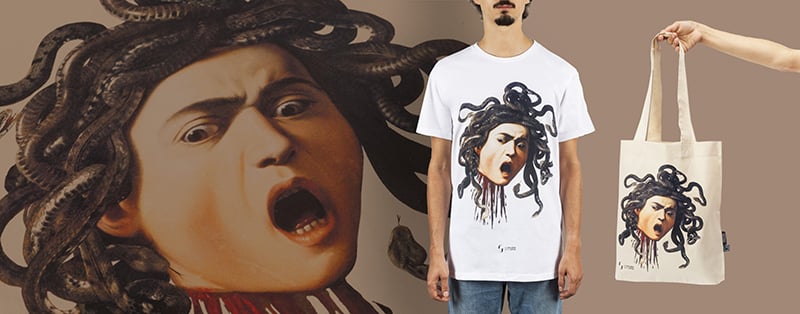Unprecedented, accessible and spectacular, the Corridoio Vasariano reopened to the public in late 2024 after an eight-year restoration that now allows visitors to walk the entire length of this historic passageway: 750 covered metres linking the former Medici residence of Palazzo Pitti with the seat of government, Palazzo Vecchio.
The brainchild of Giorgio Vasari, the “passetto fiorentino”—as it was known at the time of its construction—offers visitors a truly unique experience. Here’s what to expect.
An elevated walkway over the river and the city streets
The path begins inside the Uffizi, on the first floor of the Galleria delle Statue e delle Pitture, and winds its way across the River Arno to the Grotta del Buontalenti in the Giardino di Boboli. For the first time in centuries, the Corridor now appears in its original state—free from decorations and artworks. Over time, it housed various pieces from the Florentine collection, including Medici tapestries, drawings, prints and self-portraits. Instead, today it reveals itself to visitors set up with fifty Greek Roman busts, returned to new light after more than thirty years in the Gallery’s storerooms.
Though devoid of other decorations, it is no less magnificent. From its many windows—opening on one or both sides—visitors are treated to breathtaking views of Florence and the river. One of the highlights is the view over Ponte Vecchio, teeming with life and movement, which the corridor then overarches to reach the Oltrarno district. There, it curves around the Torre de’ Mannelli and enters the Church of Santa Felicita, eventually reaching the Medici residence, passing through historic buildings and streets. This elevated passageway remains unique in the world for its beauty and significance—a testament to the power of its patrons and the ingenuity of its creator.
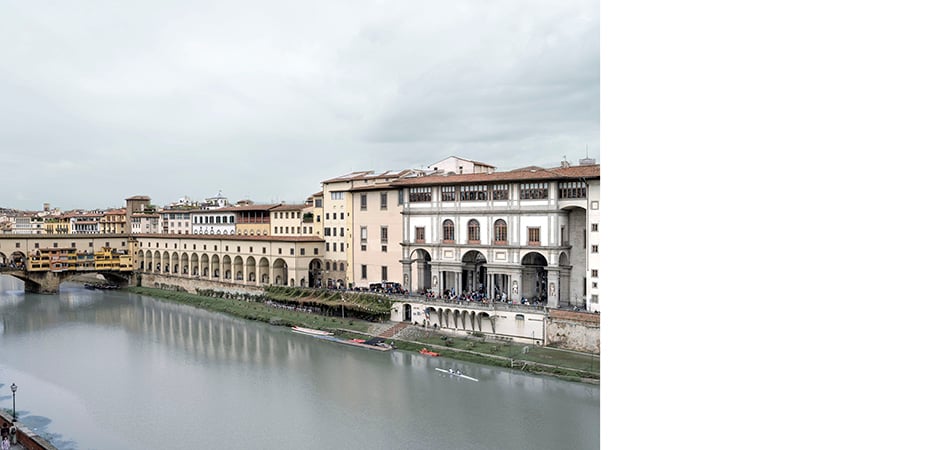
The Corridor’s origins: a matter of security
The Corridoio Vasariano is named after its architect, Giorgio Vasari1, who began construction in 1565. The building works lasted only five months—a record time given the scale of the project—and the passageway was inaugurated on 18 December that same year. It was commissioned by Duke Cosimo I de’ Medici (soon to become the first Grand Duke of Florence and Tuscany) on the occasion of his son Francesco’s marriage to Joanna of Austria—a strategic union that officially tied the Medici to the House of Habsburg.
The corridor’s primary purpose was to allow the duke to move safely between his workplace (Palazzo Vecchio, then the seat of the Magistrature and already earmarked as a future museum) and his residence, without having to pass through the public streets. At the time, the area between the government building and the River Arno was impoverished and disreputable—hardly suitable for the Florentine nobility or their guests.
To design the passage, Vasari drew inspiration from two earlier models. The first was the secret “passetto” connecting the Vatican Palace to Castel Sant’Angelo (1415–17): a true escape route—famously used a few years earlier by Pope Clement VII (Giulio de’ Medici) during his escape from the army of Charles V in the Sack of Rome in 1527. The second source of inspiration was Bramante’s famous “corridore”, built in 1505 to connect the Vatican Apostolic Palaces with Pope Innocent VIII’s Belvedere Pavilion.
Among all these, Vasari’s design stands out not only for its splendid views but also for its non-linear layout—shaped in part by unexpected challenges encountered during construction.
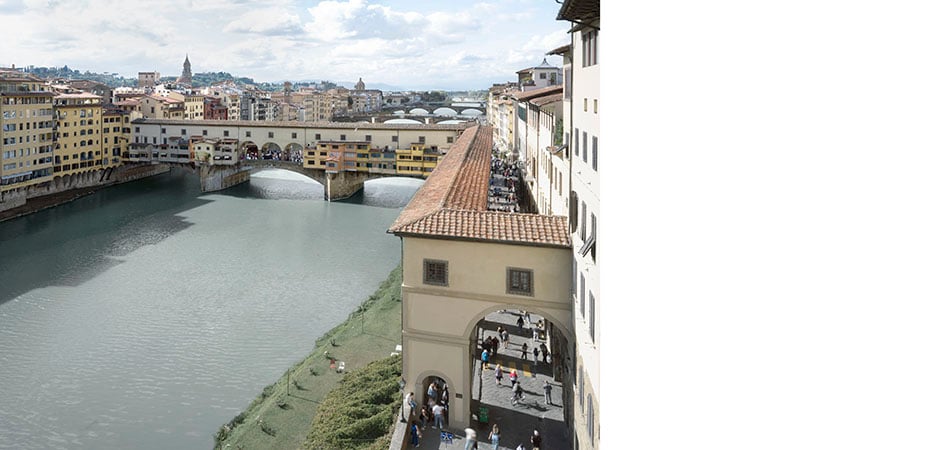
The matter of the Tower
Although it was successfully completed after just a few weeks, the project was not without its setbacks. One of the most well-known involved the Torre de’ Mannelli. Still standing today, the tower belonged to the Mannelli family and it would have had to be demolished or significantly reduced in size to allow the Corridor to pass through this part of the city. The Mannelli family, however, firmly opposed the plan, forcing Vasari to come up with an alternative solution. The architect therefore chose to quite literally go around the obstacle—hence why the Corridor wraps around the Tower, supported by a distinctive system of beccatelli (structural brackets), still visible from the outside today.
Among the other remarkable—and equally prestigious— features is the overlook into the Chiesa di Santa Felicita, which allowed the Medici family to attend religious services directly from the Corridor safely from their private box, later modified.
Are you interested in articles like this?
Sign up for the newsletter to receive updates and insights from BeCulture!
How to visit the Corridoio Vasariano
The restoration—costing €11 million—greatly enhanced both the spaces and their accessibility. The entire route now complies with modern safety standards, features low-energy lighting, and is fully accessible.
Unlike in the past, when visits were restricted to small authorised groups, the corridor is now open to all, subject to a ticket that also includes admission to the Uffizi. Visitors who already have Uffizi reservations can add a supplement to avoid missing out on this remarkable opportunity.
The new exhibit allows visitors to appreciate the fine sculptural portraits of famous personalities such as Cicero and Emperor Augustus: one more reason to visit the Corridor soon!
1. Giorgio Vasari (1511–1574), artist, architect and writer at the Medici court, was also the author of Le vite de’ più eccellenti architetti, pittori, et scultori italiani, da Cimabue insino a’ tempi nostri (published in 1550 and expanded in 1568), a foundational text in the history of Italian art.


